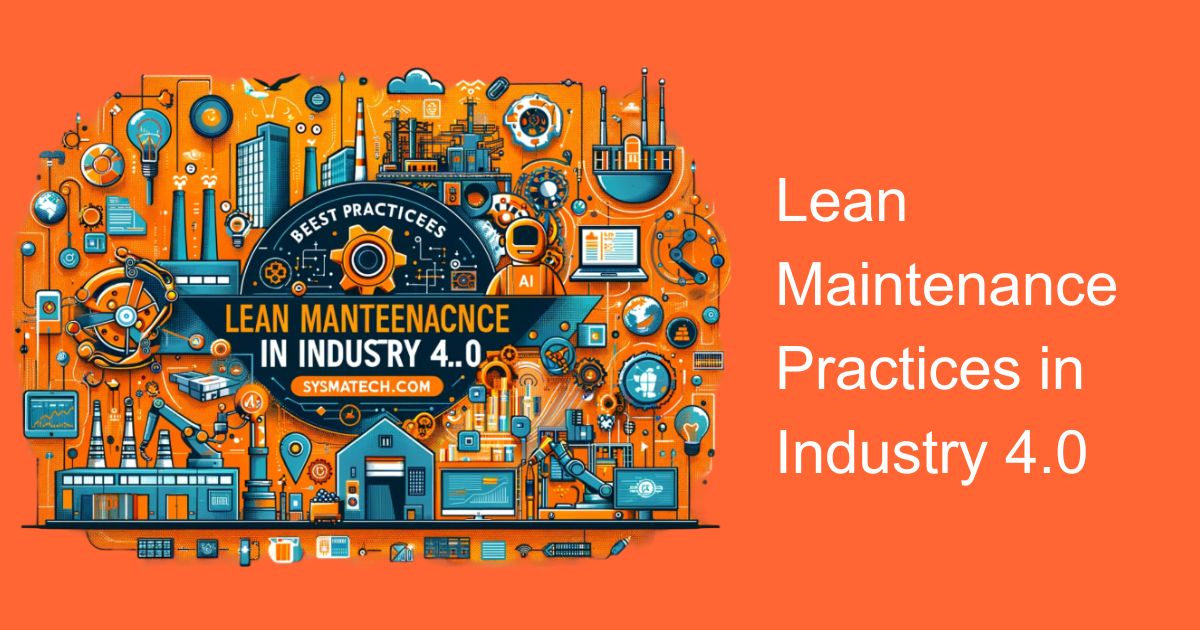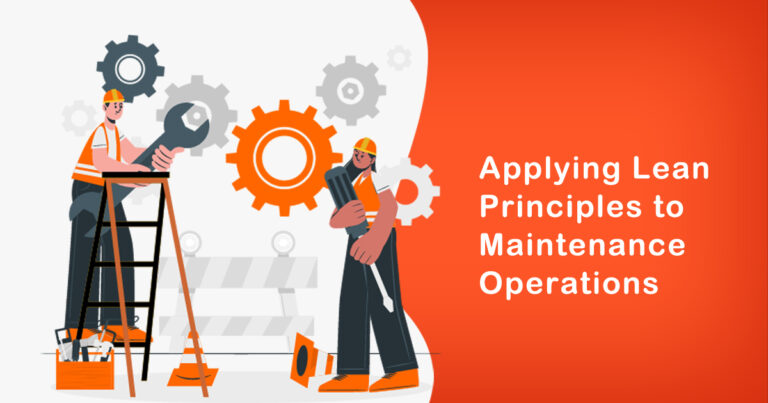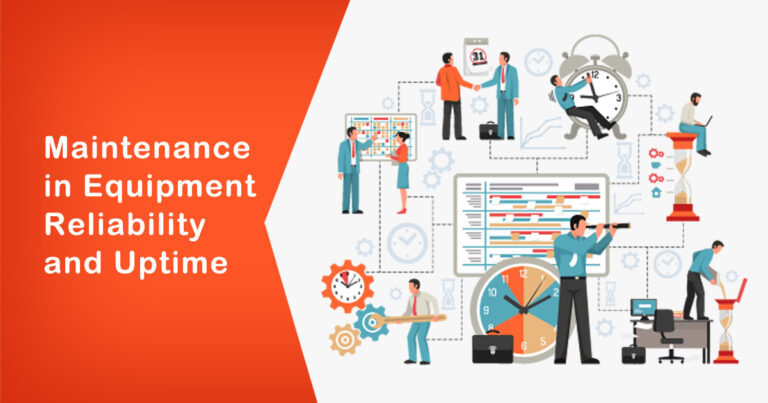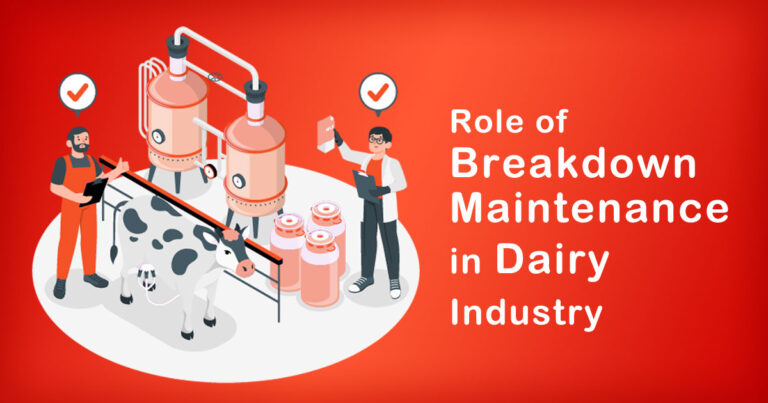Introduction
In today’s rapidly evolving industrial landscape, the fusion of cutting-edge technology and efficient operations has given rise to what we now know as Industry 4.0. This era of smart manufacturing brings with it unprecedented opportunities and challenges, and one of the critical aspects to navigate successfully is maintenance. Lean maintenance practices are gaining prominence in Industry 4.0, and in the Indian context, where manufacturing plays a vital role in the economy, optimizing maintenance processes is crucial for sustained growth and competitiveness. This article explores the best practices for lean maintenance in Industry 4.0, focusing on the Indian industrial sector, while also providing relevant research and facts to support the discussion.
Embrace Predictive Maintenance
Predictive maintenance is a cornerstone of Industry 4.0. By leveraging the power of data analytics, sensors, and artificial intelligence, Indian manufacturers can predict when equipment is likely to fail and schedule maintenance proactively. This minimizes downtime, reduces maintenance costs, and ensures optimal machine performance. A study by the Confederation of Indian Industry (CII) found that adopting predictive maintenance could reduce maintenance costs by up to 30% and increase equipment uptime by 20% in Indian industries.
IoT-Enabled Condition Monitoring
The Internet of Things (IoT) is at the heart of Industry 4.0, and Indian companies should capitalize on it for condition monitoring. Installing sensors on critical machinery enables real-time monitoring of parameters like temperature, vibration, and pressure. These sensors transmit data to a central system, allowing maintenance teams to detect anomalies and address issues before they escalate. A report by NASSCOM predicts that the IoT market in India will reach $9 billion by 2020, with a significant portion dedicated to industrial applications, including maintenance.
Data-Driven Decision Making
In Industry 4.0, data is king. Indian manufacturers should invest in data analytics tools and talent to make informed decisions regarding maintenance strategies. By analyzing historical data, patterns, and trends, companies can optimize maintenance schedules, reduce spare parts inventory, and extend the lifespan of equipment. A survey by PwC India found that 85% of Indian manufacturers believe that data analytics can significantly improve their maintenance processes.
Remote Monitoring and Augmented Reality
In a country as vast as India, maintaining equipment across geographically dispersed locations can be challenging. Remote monitoring and augmented reality (AR) provide solutions. By using AR glasses or mobile applications, maintenance personnel can access real-time data, schematics, and expert assistance from anywhere. This not only improves the efficiency of maintenance but also reduces the need for experts to be physically present at all locations, saving time and resources.
Collaborative Robots (Cobots)
Collaborative robots, or cobots, are designed to work alongside human workers. They can perform tasks that are repetitive, dangerous, or require precision. Indian manufacturers can incorporate cobots into their maintenance teams to enhance efficiency. Cobots can carry out routine inspections, basic repairs, and data collection, allowing skilled technicians to focus on more complex tasks. A study by the Federation of Indian Chambers of Commerce and Industry (FICCI) predicts a 30% growth in the adoption of cobots in Indian manufacturing by 2025.
Employee Training and Skill Development
To effectively implement lean maintenance practices in Industry 4.0, Indian companies must invest in training and skill development for their maintenance teams. With the rapid evolution of technology, ensuring that employees are up-to-date with the latest advancements is crucial. Companies like Tata Consultancy Services (TCS) have set an example by establishing training centers to upskill their workforce in digital technologies.
Sustainability and Green Maintenance
In an era of increasing environmental consciousness, Indian manufacturers should consider sustainability in their maintenance practices. Implementing green maintenance strategies, such as energy-efficient equipment and eco-friendly lubricants, not only reduces the environmental impact but can also result in cost savings. A report by the Indian Institute of Technology (IIT) Delhi estimates that adopting sustainable maintenance practices can reduce carbon emissions in Indian industries by 20-30%.
Conclusion
The adoption of lean maintenance practices in Industry 4.0 is pivotal for the Indian industrial sector’s success and global competitiveness. Leveraging predictive maintenance, IoT-enabled condition monitoring, data-driven decision-making, and embracing emerging technologies like augmented reality and cobots can drive efficiency and reduce operational costs. Additionally, a focus on employee training, sustainability, and green maintenance ensures long-term sustainability in a rapidly changing world. As Indian manufacturers continue to navigate the Industry 4.0 landscape, implementing these best practices will not only enhance their maintenance processes but also contribute to the growth of the nation’s manufacturing sector on a global scale. With the right strategies and investments, Indian industries are well-positioned to excel in this transformative era of smart manufacturing.








